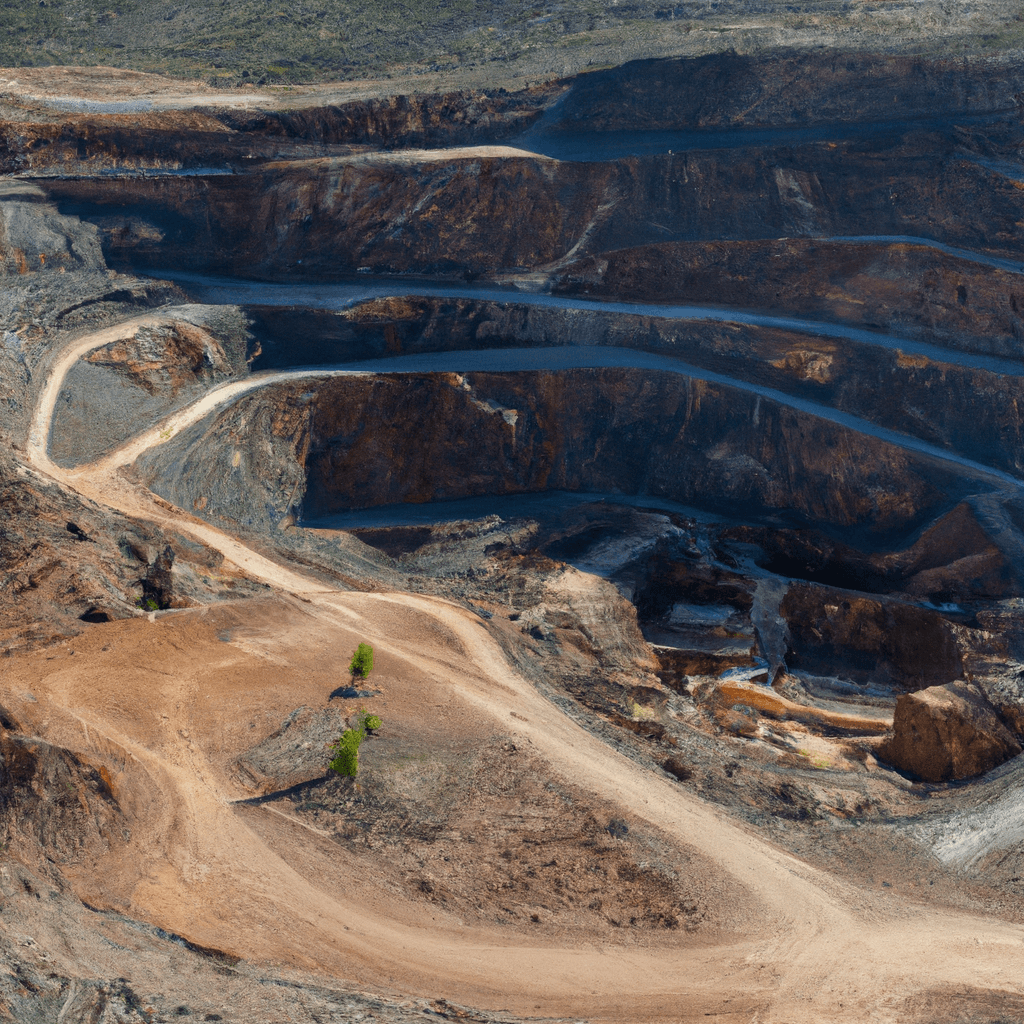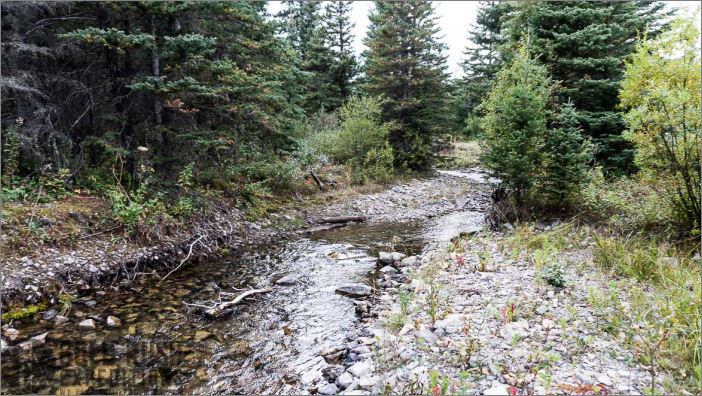Before you decide on buying a mining claim, there are 2 primary ways to extract deposits, or primarily Gold. Almost all small-time mines are Lode mines since they are not near a fresh flowing water source. Even if you own a Lode Mine, you often need a water source to run your Trommel or Sluice box to move debris and separate dirt from your heavier flakes and nuggets!

The size of a mining claim varies based on the type of claim and the country’s specific regulations. In the United States claim differences are typically -
A Lode Claim covers underground resources and is usually 1500 feet along the vein or lode, with about 300 feet on either side. This gives you a total area of up to 20.66 acres.
A Placer Claim, on the other hand, is for alluvial (surface) mineral deposits and can be up to 20 acres for a single individual claimant, or up to 160 acres for an association of eight or more individuals.
The location of a mining claim is typically in areas designated as ‘public lands.’ In the United States, these are usually lands managed by the Bureau of Land Management (BLM). The specific location of a claim depends on the presence of valuable minerals and can span across multiple states, including Alaska, Arizona, California, Colorado, Idaho, Montana, Nevada, New Mexico, Oregon, Utah, Washington, and Wyoming.

Lode mining, on the other hand, involves extracting minerals from primary deposits, where the minerals are still in the place they formed within the earth. This often involves digging tunnels or open pits to reach these deposits.
Advantages of Lode Mine
Greater yield: Lode mines typically produce a higher yield of valuable minerals per volume of material processed compared to placer mines.Longevity: Because lode mines can be larger and deeper, they can often be mined for longer periods of time.
Disadvantages of Lode Mine
Higher operation cost: Lode mining is more expensive due to the need for extensive infrastructure like tunnels, ventilation systems, and safety measures.
Access difficulties: Lode deposits are often deeper underground, making them harder to access.
Greater environmental impact: Lode mining can create significant environmental disruption, including habitat destruction and pollution from mining operations.

Placer mining involves the process of extracting minerals from alluvial deposits. It’s typically done in riverbeds or other water bodies where minerals have been washed down from their original source and deposited over time.
Advantages of Placer Mine
Easier accessibility: Placer deposits are usually closer to the surface and thus easier to access.
Lower operation cost: The costs associated with placer mining are generally lower than those for lode mining as it doesn’t require extensive tunneling or other infrastructure.
Simpler recovery process: The mining process is straightforward, often just involving washing and sifting through gravel to find the valuable minerals.
Disadvantages of Placer Mine
Lower yield: Placer mines typically don’t yield as much mineral content per volume of material processed compared to lode mining.
Environmental impact: Placer mining can significantly disrupt local ecosystems, particularly aquatic ones, due to sediment disturbance.
Depletion rate: Because placer deposits are finite and often smaller, they can be depleted quickly.